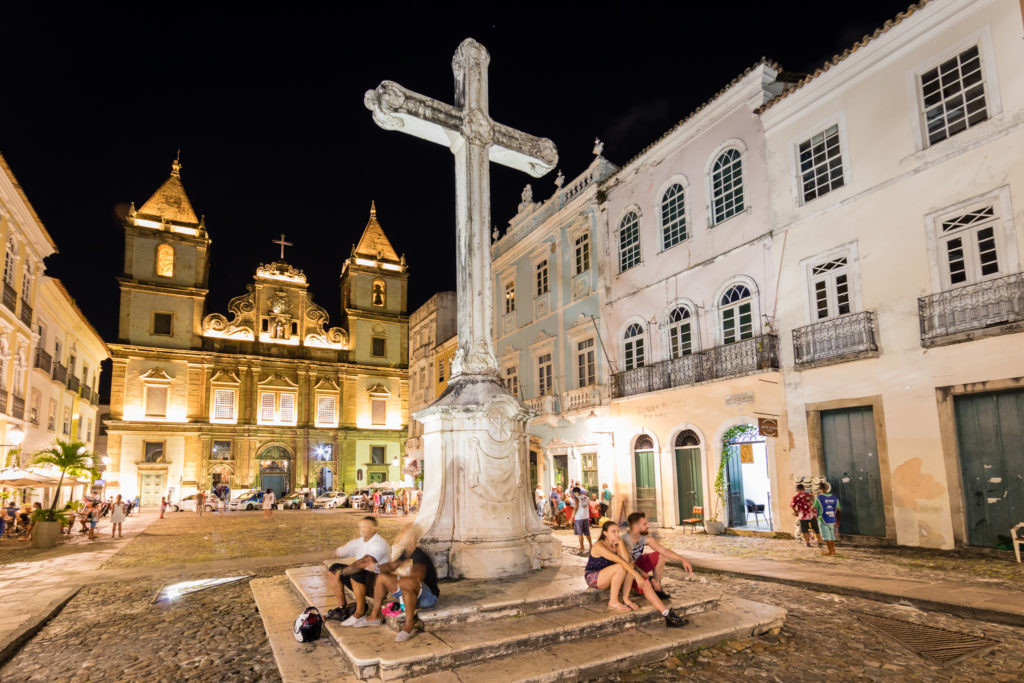RIO DE JANEIRO, BRAZIL – After two years in decline, the rate of intentional violent deaths (homicides) grew 4% in 2020 in Brazil, to 23.6 people per 100,000 inhabitants, from 22.7 in 2019, according to data from the 15th Yearbook of the Brazilian Forum on Public Security (FBSP) released on Thursday (15).
In absolute numbers, there were 50,033 deaths, compared to 47,742 in the previous year.
Growing poverty and worsening mental health of the population, the pandemic context, territorial disputes among criminal groups, and the increased availability of firearms are among the factors that encouraged the increase in violent deaths in 2020. According to the Forum, 78% of crimes were carried out with firearms.
Sixteen of the 27 states in the federation recorded an increase in violent deaths, especially in Ceará, where the rate jumped 75%, from 25.8 to 45.2 deaths per 100,000. The state is the worst in the country, followed by Bahia (44.9), Sergipe (42.6), and Amapá (41.7).
In São Paulo, after 20 years of successive reductions, violent deaths grew 1.2%, and the rate rose from 8.9 to 9. The state remains with the lowest homicide rate in the country, followed by Santa Catarina (11.2), Minas Gerais (12.6), and the Federal District (14.2). In Rio de Janeiro, the rate fell from 34.6 to 28.3.

Intentional violent deaths include intentional homicides, which in 2020 were 83% of the total, deaths resulting from police actions (12.8%), armed robbery (2.9%), and bodily injury followed by death (1.3%). The profile of the victims of violent deaths remains the same as in previous years: most are black (76.2% of the total), young (54.3%), and male (91.3%).
The increase in the national rate of violent deaths was led by the Northeast region, where all nine states in the region recorded growth in this indicator in 2020. On average, the increase was 21%, to 38.4 deaths per 100,000 in 2020.
In Ceará, which in 2018 and 2019 had led the drop in lethality in the country, the State Police mutiny “disfigured the local crime scene and the public policies that were underway in the area,” according to the Brazilian Public Safety Forum report.
This disarray gave way to the expansion plans of the local drug gang Red Command, which started an offensive on the territories of another gang State Guardians – its biggest local rival, and the violence, which had been contained, returned.
The increase in violent deaths in Maranhão (30.2%), Paraíba (23.1%), and Piauí (20.1%) is probably linked to the dynamics of organized criminal groups, given the reduction in the movement of people and the reduction in crimes against property in the country (-26.9% in vehicle robberies, -25.3% in thefts from vehicles, -27.1% robberies of commercial establishments, -16.6% robberies of residences, -36.2% robberies of passers-by), according to the Forum.
The report also highlights the increase of weapons in circulation. It is estimated that there are 1.84 million weapons in the hands of Brazilian citizens. The registration of gun ownership increased 97% from 2019 to 2020, or 186,000 new weapons. Permits to import long guns doubled, reaching 7,625 new guns in 2020 alone.
Among state capitals, Salvador has the highest rate of intentional violent deaths (54.0), followed by Fortaleza (48.5), Macapá (48.2), and Rio Branco (44.3).
The three largest state capitals São Paulo (9.5, the lowest rate), Belo Horizonte (12.8), and Rio de Janeiro (21.0), are below the national average rate of 23.3%.

